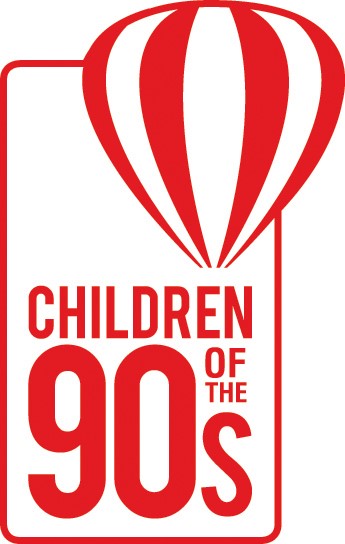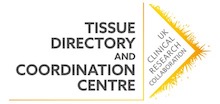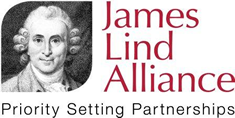UK Biobanks supporting priority research areas
Tissue donated by patients holds huge potential in health research and ensuring this research benefits patients should be a priority. Funding bodies hold a lot of power in deciding which research should be invested in, so it’s important they have access to the views of those whom the research benefits. The James Lind Alliance is an important advocate in enabling these voices to be heard by funding bodies.
What is the James Lind Alliance?
The James Lind Alliance brings patients, carers and clinicians together to identify priority areas in health research. Since the Alliance’s establishment in 2004, 85 UK Priority Setting Partnerships (PSPs) have been set up, each addressing a different health disorder. The PSPs identify and prioritise the top 10 unanswered questions or uncertainties that are the most important for future research.
How are UK biobanks contributing to priority areas?
Over 200 human sample resources, including biobanks, cohort studies, research tissue banks, etc. are registered on the UKCRC Tissue Directory. Many of these have a disease specialism which maps to a disorder with top 10 priorities for future research. Other human sample resources, such as population studies, have a much broader remit and hold associated data which can be valuable in addressing multiple priority areas. Two examples below, from the University of Bristol, outline how UK biobanks are supporting the James Lind Alliance priorities.
Avon Longitudinal Study of Parents and Children (ALSPAC)


ALSPAC is a multi-generational study that began as a birth cohort of ~14,500 pregnant women. Tissue and data from the mothers, their children, their partners, subsequent children and children of the following generation has been collected since the early 90s. These collections have contributed to research addressing questions from 16 PSPS, including papers published on diabetes (type 1 and 2), eczema, acne, autism, psoriasis and detecting cancer early. An example of this is a Nature paper exploring early biomarkers of psychotic disorders, contributing to unanswered questions in the 2018 top 10 for mental health in children and young people. An ongoing piece of research exploring prenatal exposure to smoking, in comparison to e-cigarettes, will contribute to addressing questions identified in the 2019 top 10 for electronic cigarettes.
The Cleft Collective Cohort Studies, University of Bristol, is funded by the Scar Free Foundation. It was established in 2013, in response to the 2012 Cleft Lip and Palate top 10. The top 10 priorities span educational needs, psychological wellbeing, speech development, medical treatments and understanding the genetic and environmental causes of cleft lip and palate. Over 8,000 participants have donated biological samples (such as saliva, tissue, blood and cord blood) and provided information via questionnaires to help address the questions raised. Research into some of these topics has already been published, such as advancing the understanding of subtypes of cleft lip and palate, and looking at risk and protective factors for psychological distress in families affected by cleft. Alongside the main study, there is a nested speech and language study which collects data on children’s early vocalisations and interactions with their caregivers.
Find out more
Visit the James Lind Alliance website to find out more about their Priority Setting Partnerships. If your biobank supports research in one of the priority areas and you would like to be featured in a blog, let us know.

